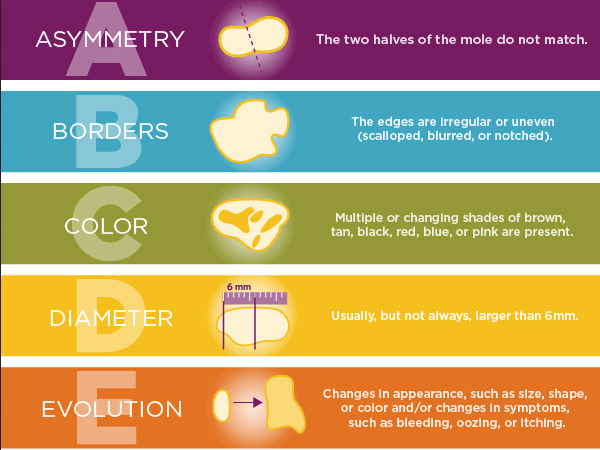Doc Talk: Dr. Andrea Taylor, MD, FAAD


What sun safety tips do you educate your patients on?
Sun protection is something that must be practiced year round. Many people assume when the weather cools down they are not getting harmful UV rays, but this is most definitely not the case. Seeking shade is helpful, but you must be mindful that UVB can reflect off of surfaces such as concrete and sand.
Sun protective clothing is a nearly foolproof way to ensure adequate UV protection of covered areas. When selecting UV protective clothing, look for the Skin Cancer Foundation seal to ensure it has adequate protection. All uncovered areas of your skin should then be coated with SPF 30+ at least every 2 hrs.
Is there anything that people can incorporate into their diet to help with overall skin health or skin cancer prevention?
One supplement that has been shown to be helpful in skin cancer prevention is Nicotinamide or vitamin B3. It has been shown to lead to a reduction in actinic keratosis (or precancers) and non-melanoma skin cancers. I would recommend discussing this with your dermatologist to see if you are a good candidate for this supplement. It is important to keep in mind that this does not replace routine sun protection.
What do suspicious moles look like? Should people have them biopsied? And will it really decrease their chances of getting skin cancer?
Most people have heard about the ABCD(E)’s of Melanoma. This is always a good place to start when discussing suspicious moles.
A is for Asymmetry, B is for Border, C is for Color, D is for Diameter (>6 mm), E is for Evolving.

However, some melanomas and atypical moles do not follow these exactly. Many dermatologists also educate patients on the “ugly duckling” or a mole that does not look like the rest. If you have a new or changing mole, it is always best to have it evaluated by a board certified dermatologist.
Biopsies may be necessary to determine if the mole is melanoma or an atypical mole (dysplastic nevus). Your dermatologist will likely use a special light called a dermatoscope which helps increase the accuracy of detection of melanoma and avoid unnecessary biopsies.
What are the signs of sun damage?
Over time, with chronic sun exposure, we will notice many changes in the skin. First, uneven pigmentation which can come in many forms from sun spots (lentigines) to white patches (idiopathic guttate hypomelanosis). Sun damage may also lead to a condition called poikiloderma which is most common on the neck and chest and consists of lightened and darkened areas along with dilated blood vessels (telangiectasia) and thinning of the skin (atrophy). You can also see the formation of premature wrinkling and a leathery texture to the skin. Actinic keratoses (or precancers) which manifest as red, scaly spots also result from long-term sun exposure.
What products do you recommend to people seeking protection from sun damage?
Sunscreen is the most important skincare product that you can buy. It should be worn every single day under your makeup or moisturizer. Vitamin C serums are another great adjunctive product for photo-damage. These do not replace sunscreen but can be used to help prevent and reverse signs of sun damage and aging.
What sunscreen is best to use?
I typically prefer products that are “physical blockers” and contain either zinc oxide or titanium dioxide. These should be applied every morning regardless of how much or little sun you anticipate getting that day. Keep in mind, you get sun in your car through the windows and on overcast days.
What is the best advice to give to someone who thinks that skin cancer won’t happen to them?
Skin cancer can happen to anyone regardless of age or complexion. 1 in 5 Americans will develop skin cancer at some point in their lifetime (per the American Academy of Dermatology). This is why I recommend routine skin surveillance exams by a board-certified dermatologist every 12-24 months. If you have a strong family history or personal history of skin cancer, these may need these more frequently. Most importantly, between skin exams have a partner or friend check your back and areas you cannot see for new or changing spots.
We appreciate Dr. Taylor taking the time to share her professional expertise with us! You can find her on Instagram @the.derm.doc sharing her behind the scenes at the office, current procedures and a sneak peak into her life as a mom.






